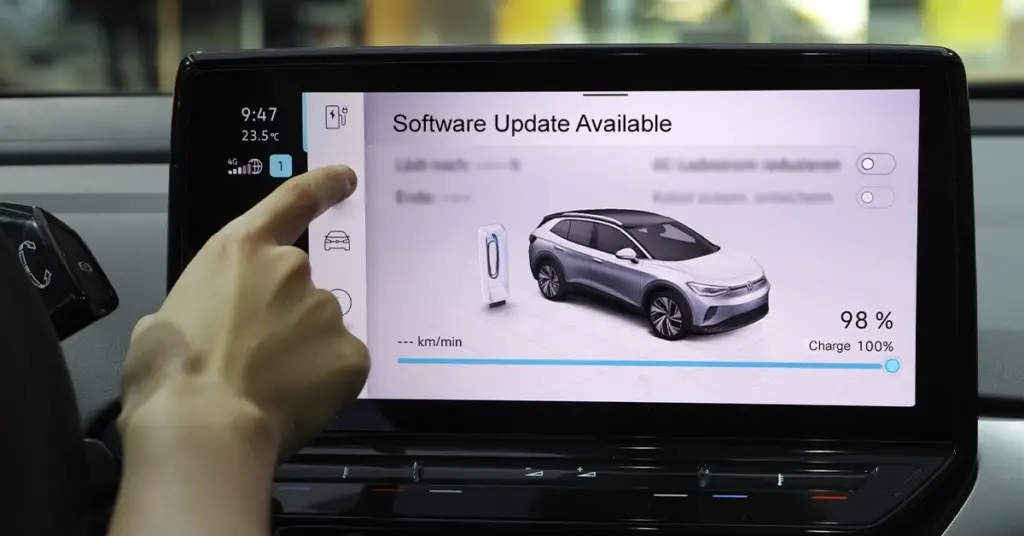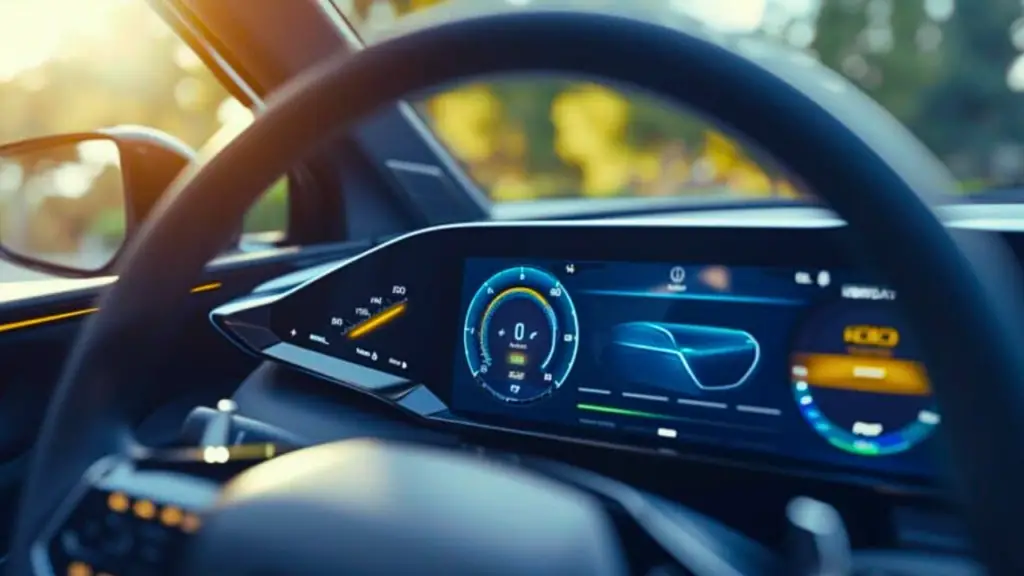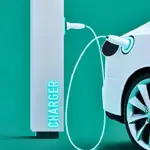As the UK’s charging infrastructure expands at an extraordinary pace—boasting over 61,000 public chargers as of May 2024—discussions around electric vehicle (EV) range are becoming increasingly nuanced. While it’s true that, much like their petrol and diesel counterparts, EVs may not always deliver their advertised range under real-world conditions, the positive news is that there’s a wealth of strategies you can employ to optimise your EV’s range.
You’re not alone if you’ve questioned the true distance your EV can travel on a single charge. Let’s dispel myths, embrace facts, and empower you with knowledge to put the control back in your hands. By understanding the critical elements that affect EV range, you’ll be prepared to enhance your vehicle’s performance and make the most of every charge.
The Seven Factors that Impact EV Range
Below, we explore the seven key factors that shape the range of your EV. With this insight, you’ll be ready to hit the road with confidence and efficiency.
1. Driving Style

Your driving habits significantly influence how far your EV can travel. Aggressive driving—characterised by rapid acceleration and frequent hard braking—can drain your battery at a far greater rate compared to smooth and steady driving.
To boost your range:
- Adopt gentler driving techniques. Accelerate gradually and avoid abrupt stops when possible.
- Leverage regenerative braking. This innovative feature converts braking energy back into battery power, extending your driving range.
- Switch to eco-mode. Many EVs come equipped with energy-efficient driving modes that optimise power consumption.
By making these adjustments, you’ll not only increase your EV’s range but also enjoy a smoother, more economical driving experience.
2. Climate Conditions
Weather plays a pivotal role in EV range. Extreme temperatures, whether scorching heat or freezing cold, can reduce your battery’s efficiency.
- Cold weather reduces battery capacity as the chemical reactions inside slow down.
- Hot weather forces the battery to work harder, which can also drain its power.
Tips to Mitigate Weather Impact:
- Precondition your EV while charging. This allows your vehicle to use external power to achieve optimal battery temperature before your journey.
- Use targeted heating or cooling. For example, rely on heated seats and steering wheels during winter rather than warming the entire cabin.
By strategically managing climate effects, you can maintain consistent performance throughout the year.
3. Vehicle Weight and In-Car Amenities
An overloaded vehicle or excessive use of in-car features like air conditioning can drain your battery faster than expected.

Best Practices:
- Lighten your load. Remove unnecessary items from your boot and cabin to reduce the energy demands on your battery.
- Limit accessory use. Heating, cooling, and entertainment systems are major energy consumers. Use them sparingly to maximise your EV’s range.
Remember, efficient energy use inside the cabin can translate to miles saved on the road.
4. Battery Age and Health
Like most technological devices, an EV battery’s capacity diminishes with time. As the battery ages, its ability to hold a charge reduces, which in turn affects your vehicle’s range.
Tips to Preserve Battery Health:
- Avoid deep discharges. Letting the battery level drop too low regularly can hasten degradation.
- Maintain an optimal charge range. Keep your battery charged between 20% and 80% for long-term reliability and efficiency.
Adhering to these guidelines will help ensure your EV remains a dependable and efficient mode of transport for years to come.
5. Terrain and Route
The geography and traffic patterns of your route can have a significant impact on energy consumption.
- Hilly terrain demands more energy for climbing, while frequent start-stop traffic can also strain your battery.
Optimise Your Journey:
- Use EV-specific GPS tools. These systems can help identify energy-efficient routes, avoiding high-consumption areas like steep inclines or congested roads.
- Plan ahead. Proper route planning can make every trip smoother, calmer, and more energy-efficient.
This not only enhances your EV’s performance but also allows for a more enjoyable drive.
6. Tyre Pressure and Condition
Under-inflated tyres can increase rolling resistance, forcing your EV to expend more energy and thus reducing its range.
Maintenance Tips:
- Regularly check tyre pressure. Follow the manufacturer’s recommended levels to minimise resistance and maximise efficiency.
- Inspect tyre condition. Worn-out tyres can compromise handling and increase energy consumption.
This simple yet critical upkeep ensures your EV delivers its best mileage and handling performance on every trip.
7. Charging Habits
Your approach to charging has a profound effect on your EV’s battery life and overall range. Smart charging can optimise your vehicle’s efficiency and longevity.
Charging Best Practices:
- Charge during off-peak hours. This is often more cost-effective and environmentally friendly.
- Avoid overcharging or deep discharges. Keep the battery level between 20% and 80% for optimal performance.
- Use smart chargers. Modern chargers allow you to schedule charging times and even sell surplus energy back to the grid with compatible vehicles.
Adopting these habits ensures your EV remains a cost-effective and eco-friendly choice.
A Holistic Approach to EV Ownership
Electric vehicles represent a revolutionary step toward sustainable transportation. Quiet, innovative, and remarkably efficient, they offer numerous benefits beyond their reduced carbon footprint.
By understanding and managing the factors that influence your EV’s range, you can enjoy worry-free driving and maximum performance. With a little preparation and smart choices, you can make the most of your EV and fully embrace the future of transportation.
Key Insights at a Glance
| Factor | Impact | Tips to Optimise |
|---|---|---|
| Driving Style | Aggressive driving drains battery fast. | Adopt smooth driving; use regenerative braking and eco-mode. |
| Climate Conditions | Extreme temperatures affect battery efficiency. | Precondition your EV; use targeted heating/cooling. |
| Vehicle Weight & Amenities | Excess weight and heavy accessory use reduce range. | Lighten load; limit heating and cooling usage. |
| Battery Age & Health | Aging batteries lose capacity over time. | Maintain charge between 20%-80%; avoid deep discharges. |
| Terrain & Route | Hilly terrain and traffic patterns increase energy use. | Use EV-specific GPS tools; plan energy-efficient routes. |
| Tyre Pressure & Condition | Improper tyre pressure increases resistance. | Check and maintain tyre pressure; inspect tyre condition regularly. |
| Charging Habits | Poor habits affect battery life and efficiency. | Charge during off-peak hours; use smart chargers; avoid overcharging. |
Final Thought
Switching to an EV is not merely a technological shift; it’s a lifestyle choice that embraces innovation, sustainability, and future-proof living. With just a little knowledge and some proactive habits, you can ensure your vehicle delivers its maximum potential, mile after mile. As EV adoption grows, so too does the opportunity to drive with confidence, efficiency, and an eye toward a cleaner tomorrow.



